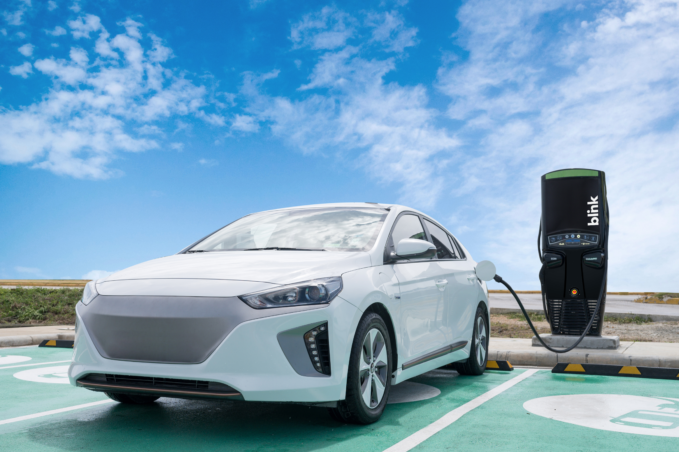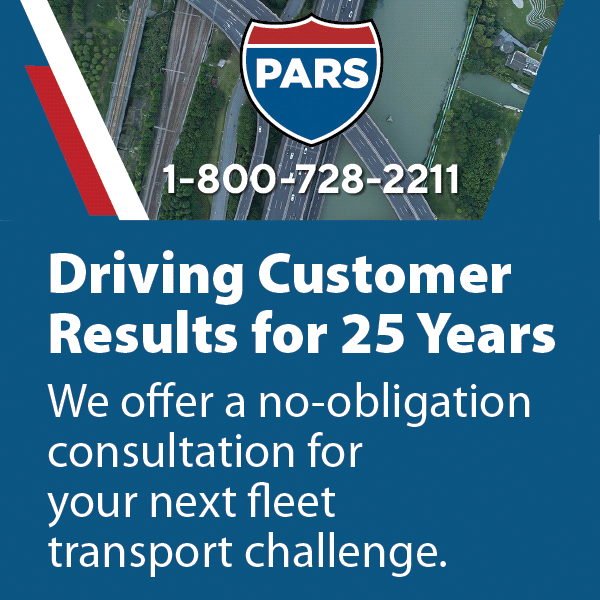
By Amy Dobrikova, Vice President of Fleet Solutions at Blink Charging
January 22, 2022
The electric vehicle (EV) industry is entering 2022 with unprecedented momentum. Bolstered by increased investment from OEMs, many of which are expected to roll-out new electric models this year, crucial funding from the Biden Administration and heightened support from cities and states as they double down on their net zero goals, EVs are shifting from sustainable novelties to the future of transportation around the world.
As the electrified revolution ramps up — with more vehicles coming to the market and charging infrastructure expanding rapidly — there’s no better time to consider transitioning your fleet to EVs. While a sustainable alternative to gasoline-powered vehicles, EVs are also significantly cheaper to fuel and require far less maintenance, reducing some of the highest operating costs facing commercial fleet managers today.
As you contemplate how to make your fleet more efficient over the year to come, here are a few considerations on how to transition to EVs.
Hardware options
The first thing to know about EV chargers are the different models they come in and how they can best be utilized. Level 2 Chargers, also known as L2s, are the most prevalent type of charger in the U.S. An efficient and reliable option for everyday use, they take an average of 8 hours to fully recharge a standard EV and are perfect for times when vehicles are parked for several hours, like overnight.
As the name suggests, DC Fast Chargers (DCFCs) are the quickest chargers available today and can charge a typical battery to 80% within 20 minutes. Often found along major highways and interstates, DCFCs provide a speedy charging fix when an EV driver can’t stop for an extended period of time and are great options to fuel long distance EV driving.
Which is the superior choice for your fleet? It depends on the situation and your fleet’s duty cycle. While DCFCs are significantly more powerful than L2s, they are also considerably more expensive to both purchase and deploy. If you have vehicles that you can let sit for a few hours to charge, such as in your parking depot, L2s are the better — and more affordable and durable — option for frequent use. However, for fleets dedicated to long haul trips, DCFCs are also important. Cities and states across the country have been increasingly investing in the development of robust networks of DC fast charging infrastructure along the interstate highway system to support these types of long distance trips.
Software that streamlines operations
Reliable EV charging infrastructure is just part of the equation. In order to have a truly efficient, electrified fleet, software is key. As you review the myriad of software options available today, choosing an integrated platform is critical to improving operational efficiencies at all levels. Comprehensive, end-to-end fleet platforms allow you to control your entire fleet at a click of a button, connecting chargers, vehicles, managers and drivers in one easy-to-use platform. They can also offer real-time reporting and vehicle diagnostics, providing you the tools to track a variety of operations throughout your fleet, and can also be integrated into existing platforms via API, enabling even more flexibility.
Many new integrated offerings feature smart AI enabled charging that allows you to automatically set when, how much and how quickly to charge your fleet, as well as a functionality to communicate with local utilities and avoid off-peak hours. This helps save energy, as well as allows for the prioritization of certain EVs while charging to get essential vehicles back on the road in a matter of minutes. New software also integrates with vehicle telematics to streamline vehicle and driver management, providing up-to-the-minute data for tracking and alerts, daily route management and charging status and history.
When selecting the appropriate fleet management solution for your EV fleet you may also want to consider a platform that features an accompanying fleet driver mobile app. When directly integrated with the software platform a driver app can seamlessly connect the vehicle, fleet managers, and fleet drivers. Also seen in recently released fleet solutions are direct and tracked communications platforms, all in one convenient location.
Identifying the business model that’s right for you
Just as fleets come in various shapes, sizes and functionalities, so too do the types of EV charging partnerships available to them. Typically, EV charging providers can be broken down into three categories of services — hardware manufacturers, network companies and owners & operators of hardware that outsource the network.
While hardware manufacturers provide equipment directly to the customer, they are not responsible for the chargers after sale nor provide software to manage the devices. On the other hand, network companies leverage back-end software to support equipment, but don’t produce the actual hardware themselves. Owners & operators of hardware that outsource their networks provide customers with equipment but, unlike hardware manufacturers, may continue to offer support after sale, helping with installation, maintenance and operations.
A fourth option is to work with a provider that can do all of the above. At Blink, we manufacture, own and operate EV charging infrastructure and network. This type of arrangement can create added flexibility, whether companies want to own, partner with or host their charging infrastructure.
Final thoughts
EVs have the potential to significantly improve fleet efficiency, while reducing vehicle expenses and emissions. With EVs set to take over an increasing amount of the automotive market each year, it’s crucial those in fleet management begin to understand the industry and consider — if they haven’t already — how they can best utilize this up-and-coming technology to develop the fleets of the future.
About the Author
 Amy Dobrikova is an accomplished and respected leader in the fleet industry with extensive experience launching fleet programs across the auto industry. At Blink Charging, Amy is responsible for expanding the Blink product line and services to better serve public and private fleets, a sector critical to the energy transition and primed for electrification, nationwide
Amy Dobrikova is an accomplished and respected leader in the fleet industry with extensive experience launching fleet programs across the auto industry. At Blink Charging, Amy is responsible for expanding the Blink product line and services to better serve public and private fleets, a sector critical to the energy transition and primed for electrification, nationwide




